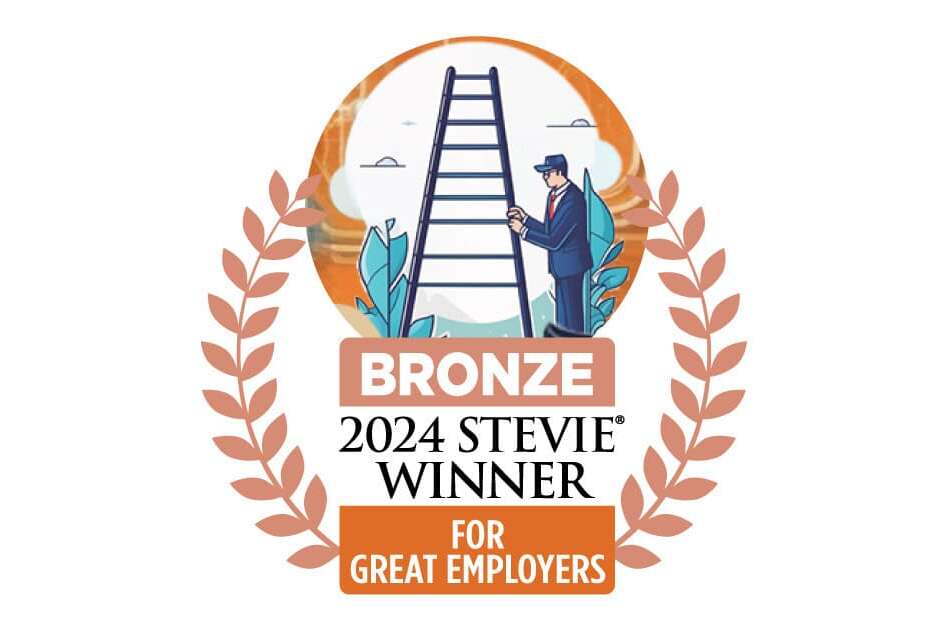In July, The New York Times published an article, The Last Toll Collector, that outlined how New York and New Jersey were reducing the number of toll collectors in favor of cashless toll systems. We’ve all seen this happening over the years — many municipalities eliminated toll collectors long ago.
I live in New Jersey. Here, when someone asks us where we live, we answer with a Turnpike or Parkway exit number, not a town. Tolls are serious business in the Garden State, so it makes sense the collectors have hung on so long. When I first read the Times article, I commented on how it compares to being prepared for tech innovation. Technology sometimes displaces people or businesses, and we all need to be vigilant.
This week, Forrester Analyst Jay McBain released his annual channel predictions. When I saw it pop up on my LinkedIn feed, I read it immediately. From the buzz I’ve seen, I know I am not the only one. It got me thinking: Why do we all love channel predictions so much? And then I thought about the toll collectors again.
When the Times interviewed the last remaining collectors, they asked their opinion on whether or not collectors should be eliminated completely. You can guess their unanimous answer. Of course, their affirmation of the need for collectors was driven by job preservation, but their other observations were also noteworthy. “…People are happy to see us out there. They need us… We are a checkpoint for people. You know you get to that point and you can ask for directions and somewhere to eat. ”
The toll collector’s understanding of their value was completely driven by drivers who choose to use the Cash Only Lane. I cannot remember the last time I used the Cash Only lane (except by mistake because I am a terrible driver). From my perspective, that lane is for people who have not heard about Yelp, Google Maps, or who think the government is tracking them through their EZPass. (The government is tracking you, EZPass or not.) I don’t know the numbers, but I would guess the percentage of drivers who prefer the Cash Only lane is smaller than the number of people who agree to let me drive (less than one).
How many of us do the same thing when we are making decisions about our business? We look at the customers or prospects that have chosen us and make decisions about strategy, growth, and product based on who drove through our lane.
Then something like Jay’s channel predictions is published, and it’s impactful because it concisely reminds us to venture outside of our booth. Someone who has been on the highway seeing it all lets us know what’s out there beyond our lane. They may not hit every mark (although I am sure Jay is right about what’s coming in the channel in 2020) but whether it’s totally correct doesn’t really matter. The value of a new perspective is that it shakes us out of our comfort zone and makes us look at the world in a new way.
For me, I was especially moved by number 10 in Jay’s list: The Chief Revenue Officer Takes the Channel Reins — Beyond the Org Chart. It highlights how channel relationships will evolve as the customer experience takes center stage. A partner will touch several stages of the customer journey and therefore more areas of the supplier organization. We built ZiftONE from the ground up to bring the entire supplier/partner ecosystem into a single native platform. Moreover, much like cashless technology is fine-tuning traffic management, Zift’s innovation and R&D investments are optimizing channel sales. marketing, and operations. But far from eliminating industry professionals, we’re elevating them. Those skilled channel pros can focus on strategy and optimization — rather than dealing with manual tasks as ZiftONE lifts the burden of partner recruitment and management, sales enablement, and even learning management with one revolutionary platform for end-to-end enterprise channel management.
But this specific prediction of Jay’s also challenged me to think about how we can make it even easier for the CRO — or anyone in a supplier organization using an indirect sales model — to get more value out of his/her channel strategy and having actionable data to back it up. And that’s where I see a platform model that eliminates data silos and deepens data insight as so vital for the future of the channel.
I love channel predictions. Keep them coming! I even have some of my own. I will keep reading them because they push me out of my comfort zone, which always makes me better. (Except with driving — I will never be better behind the wheel.)




